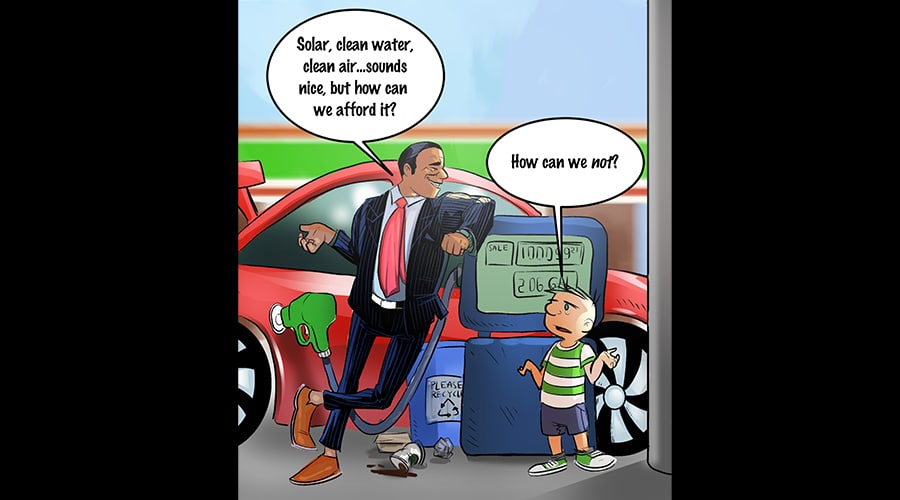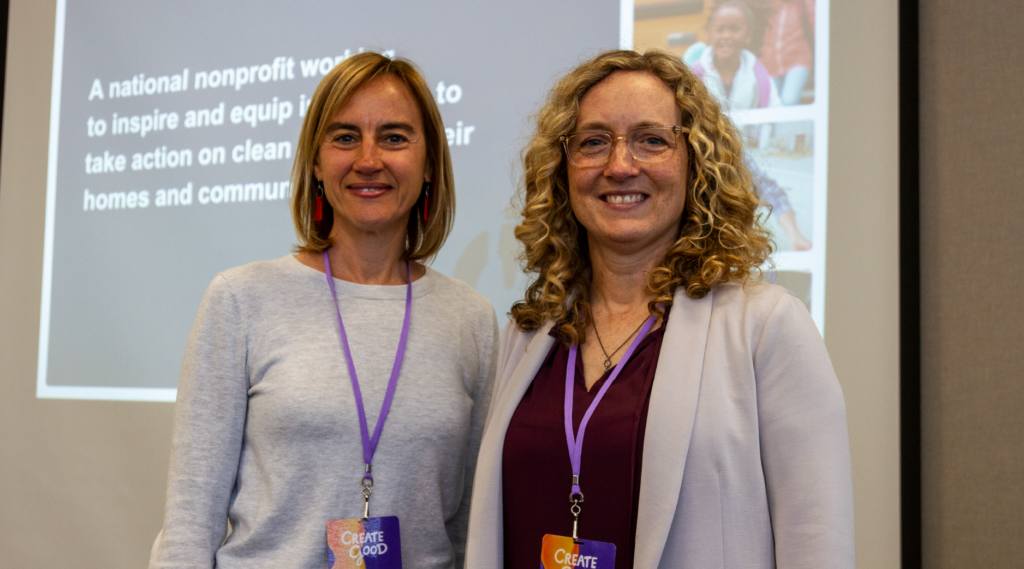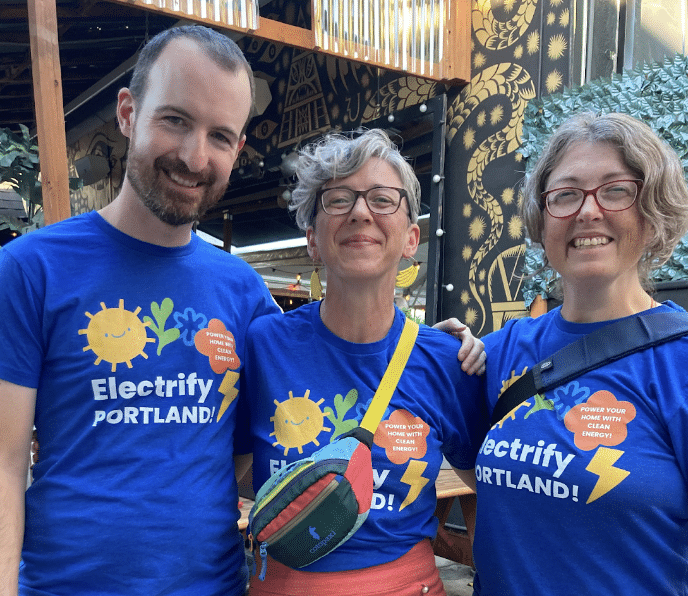This article is from the January 27, 2021, issue of Flip the Script, a weekly newsletter moving you from climate stress to clean energy action. Sign up here to get it in your inbox (and share the link with a friend).
There’s a common misconception that electric cars and fancy solar panels are only for the rich. That may have been true a decade ago—but no longer. Technological innovation and the ramp-up in production volume have driven prices down dramatically in recent years. And with better policies and targeted financial support, any of the key solutions available today—from electric vehicles (EVs) and rooftop solar to low-cost energy efficiency—will ultimately help lighten people’s wallets, not tighten them.
It’s an unfortunate reality that households earning the least end up spending a greater proportion of their incomes on energy costs like electricity, heat and fuel. After housing, transportation is the second biggest spending category for the average U.S. family, sucking up more than 15 percent of their incomes.
Outsized energy spending is also a matter of racial equity. Minority communities account for a higher share of low-income households nationwide—and thus also spend a greater percentage of their income on energy. The median energy burden for African-American households is 64 percent greater than for White households, and for Latino households, it’s 24 percent greater. As a result, low-income and minority households have faced a heightened risk of utility shutoffs for non-payment of bills during the COVID-19 pandemic. Geographically, the highest energy burdens among low-income households are in the Southeast and Appalachia, even though these regions have lower average energy rates.
Existing barriers
Adopting clean energy solutions—including EVs, renewable energy, and energy efficiency measures—can help families everywhere reduce their energy bills and take action to fight the climate crisis. Unfortunately, certain groups have been deliberately misinformed by the pro-fossil-fuel lobby. Starting in 2016, the Fueling U.S. Forward campaign, funded by the Koch Brothers, effectively sought to dissuade low-income and minority consumers from buying EVs and investing in clean energy by falsely claiming that these solutions are “only for rich people” and would drive up energy bills for everyday Americans. As environmental justice leader Eddie Bautista has noted, rapidly falling costs associated with clean energy have actually made the shift away from fossil fuels more affordable for everyone.
The median energy burden for African-American households is 64 percent greater than for White households, and for Latino households, it’s 24 percent greater.
While clean energy could be a game changer for families struggling to cover their energy bills, it won’t happen without help. Low-income households face serious barriers to accessing key technologies like rooftop solar, including a lack of qualifying credit scores. Also, because these families disproportionately rent rather than own their homes, landlords may not be incentivized to make energy improvements because they’re often not the ones paying the energy bills. While a growing market for used EVs is making the technology more accessible to many, their higher sticker price is still a barrier for many would-be buyers (despite their cheaper cost of ownership over time). That’s why it’s important for states and auto-makers to offer rebates at the time of purchase for folks who may not have access to incentives such as federal or state tax credits.
Removing barriers
The possibilities abound—if only we’re brave enough to see them. In North Carolina, the rural utility Roanoke Electric helps low- and middle-income customers get into EVs by offering a discount on members’ power bills if they drive electric. The flat rate of $50 for electricity each month (ideal for EV owners who drive < 50 miles each day) is well below the nearly $185 a month it would cost to keep a comparable gas-powered car going for that same distance. “This pilot program allows us to fulfill our mission and keep rates affordable…in a respectful and environmentally responsible way,” notes the co-op’s president and CEO.
Solar installations and energy efficiency can similarly lower energy bills for low-income households, while also bringing improved indoor air quality and safety. To make these technologies affordable to the households that need them the most, utility providers and communities can work together to remove the financial barriers and accelerate the clean energy revolution. Some places are already showing the way. For example, the District of Columbia’s Solar for All program aims to bring the benefits of solar energy to 100,000 low-to-moderate income families in the city. In Colorado, the Colorado Energy Office offers cost-effective low-income solar options for residents who spend more than 4 percent of their household income on energy costs.
Better energy efficiency can also reduce the energy burden for many families. Low-income housing tends to be far less energy efficient than average construction, so even relatively low-cost moves like switching out incandescent bulbs with LEDs and installing better home insulation and windows can help, regardless of climate, heating fuel, or energy price factors. By one estimate, if low-income housing was as efficient as the average U.S. home, customers’ energy costs would decrease by about one-third.
The issues surrounding energy affordability are complicated, and there’s no single solution. But this much is clear: the transition to electric mobility and renewables and greater investment in energy efficiency will be a win-win for families everywhere. As the Climate Reality Project notes, “Low-income families are suffering disproportionately under the current energy landscape.” Accelerating the shift to clean energy will help them reduce their bills while involving them in the all-hand-on-deck action needed to fight the worst impacts of the climate crisis.
Special thanks to Climate Reality for their excellent blog post on this topic. Also: stay tuned for an upcoming toolkit tackling one barrier to increased EV access: installing chargers at multi-unit dwellings.















